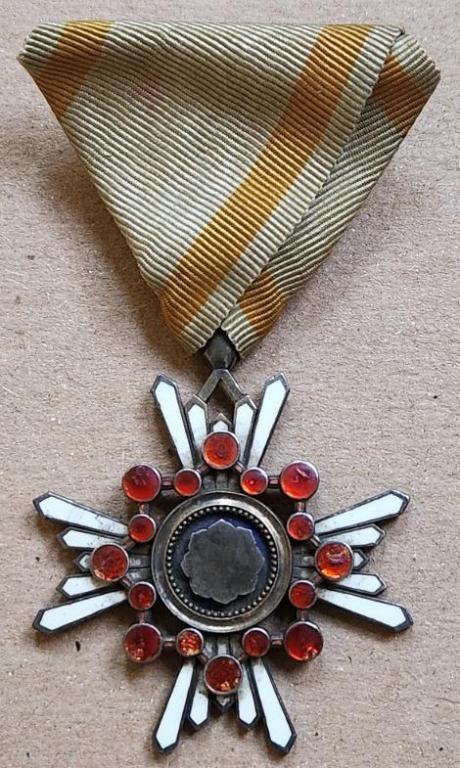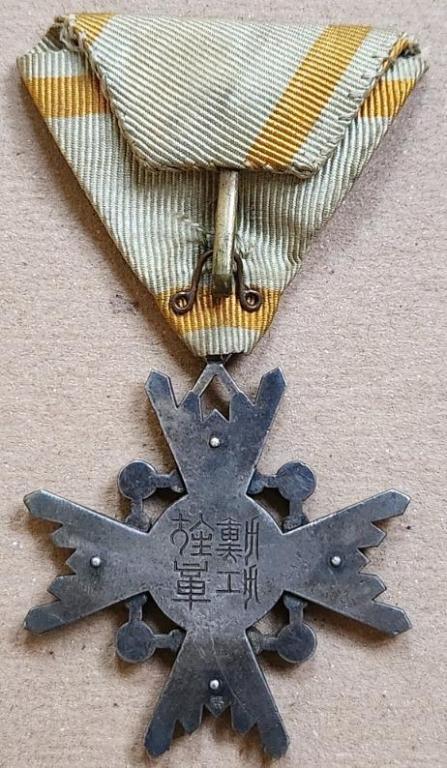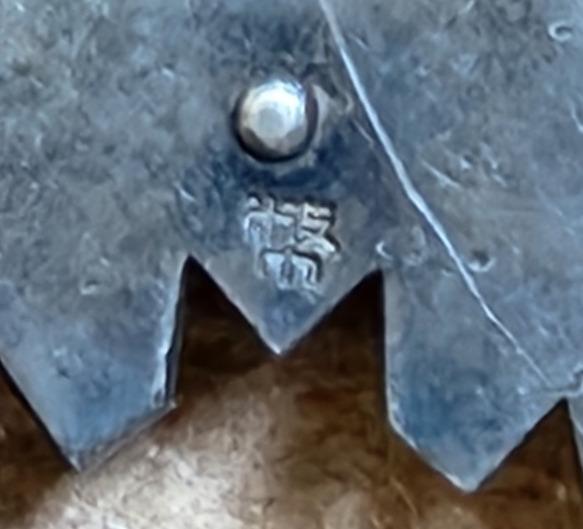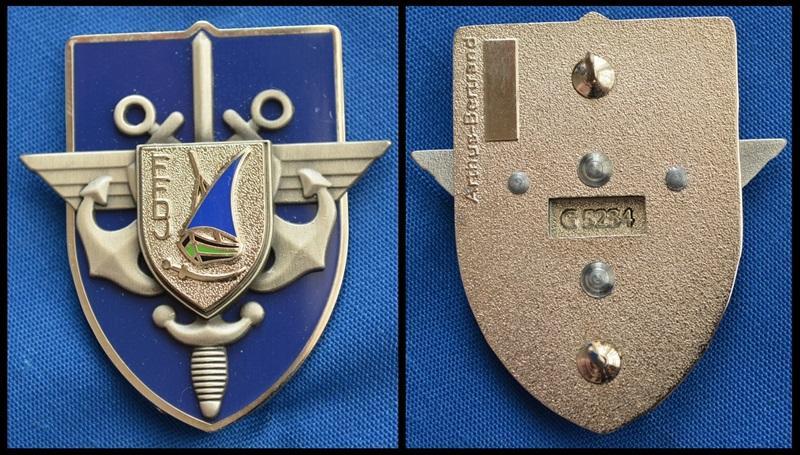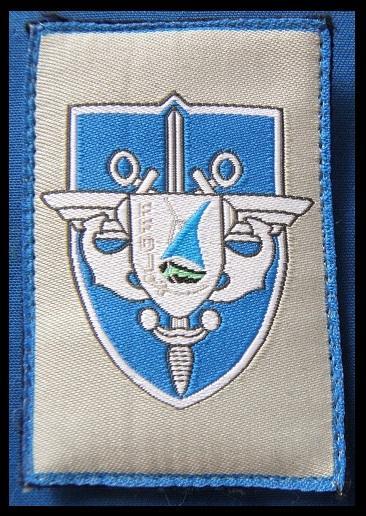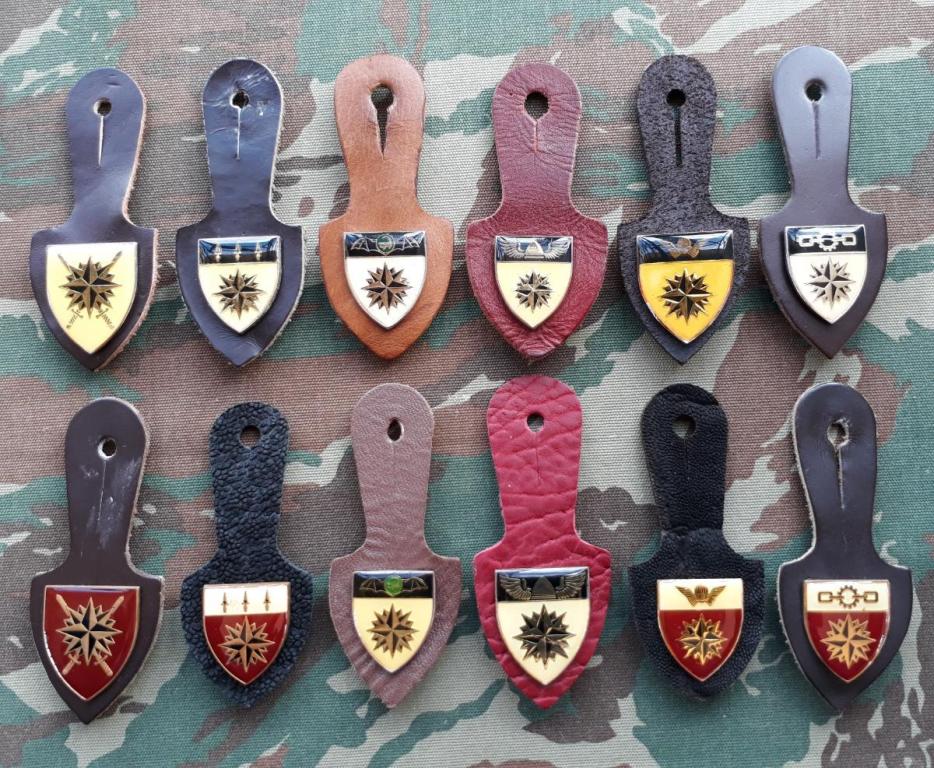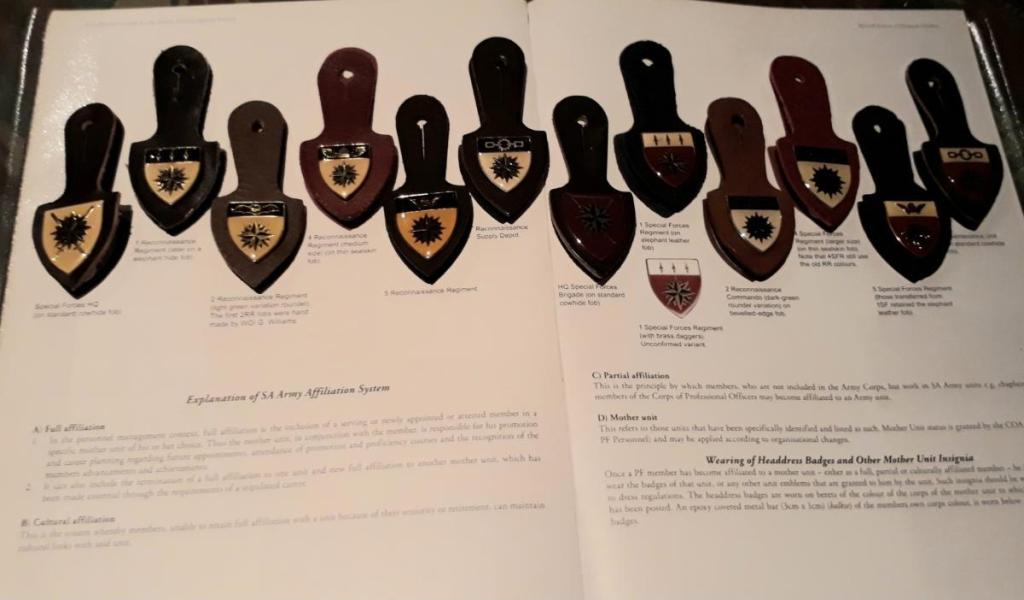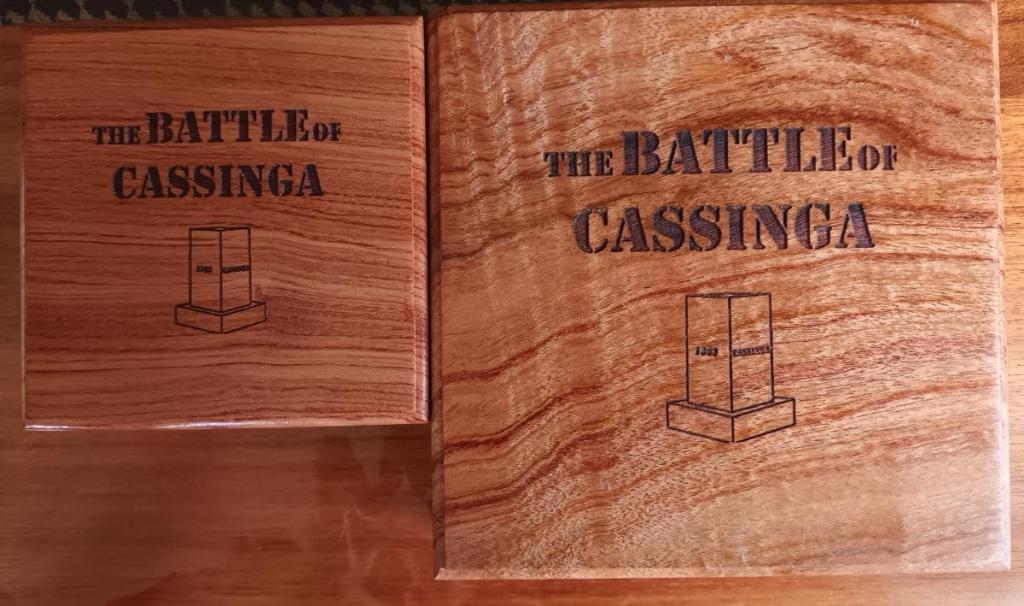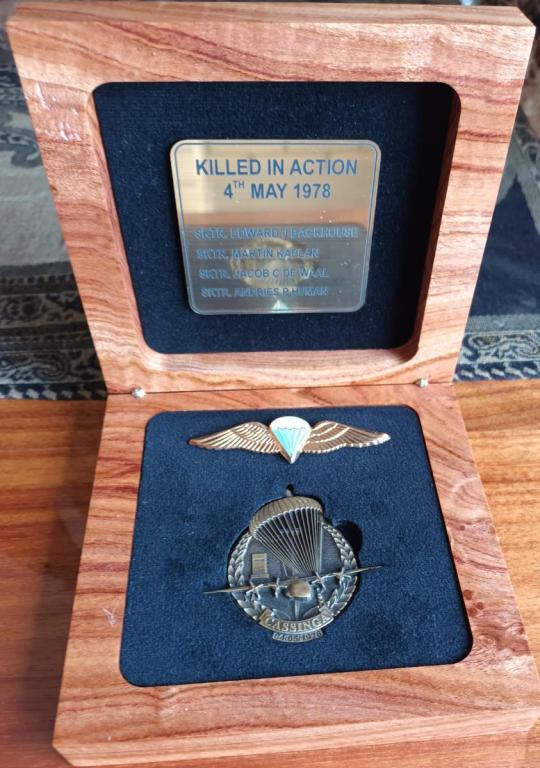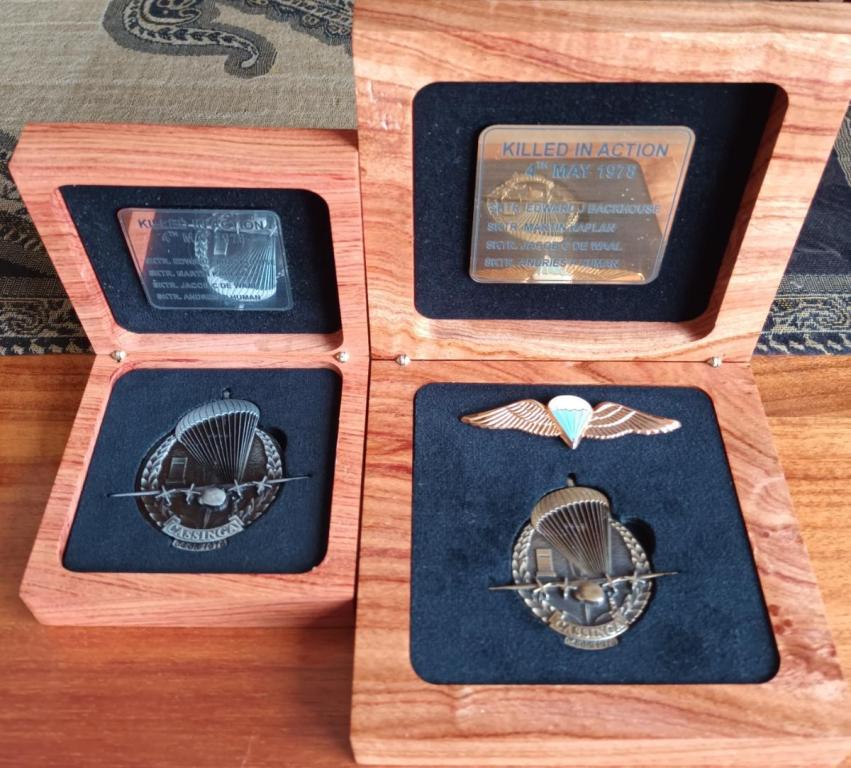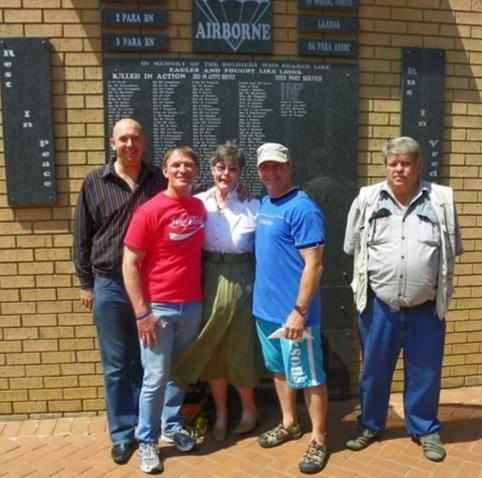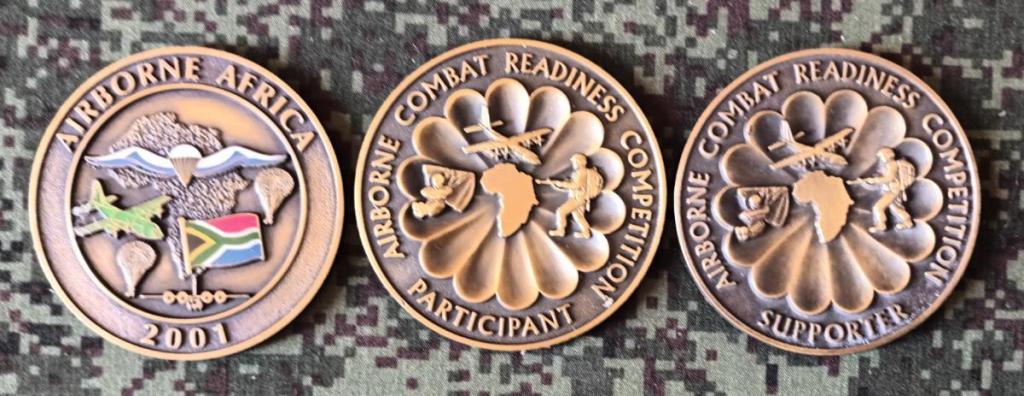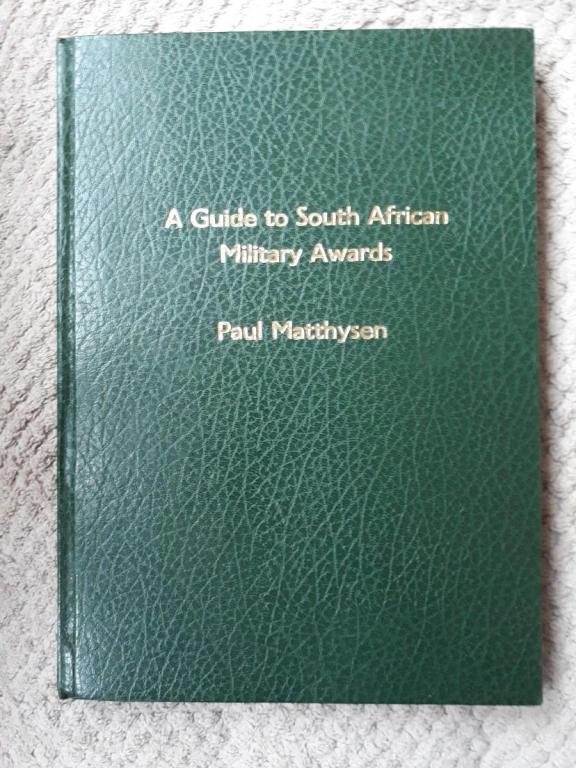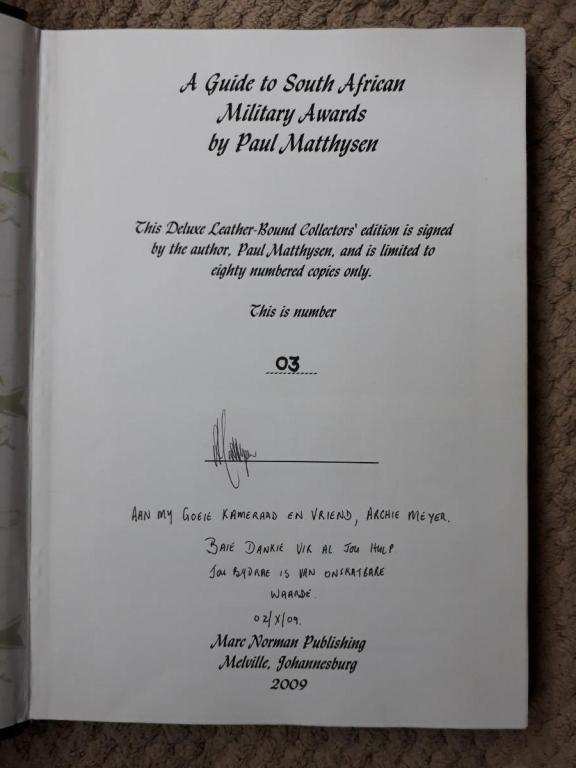All Activity
- Past hour
-
Unit Colours bandoler of 5 Recce Regiment with the different individual Commando Insignia Made for 5 RR by a friend of mine
- Today
-
archie777 started following Vitoria Cross + Bar to Charles Hazlitt Upham
-
I want to share this excellent article. The Victoria Cross, twice awarded to Upham In March 1941, Upham's battalion left for Greece and then withdrew to Crete, and it was here that he was wounded in the action, from 22 to 30 May 1941, that gained him his first VC. When informed of the award, his first response was: "It's meant for the men."[7] Citation War Office, 14th October, 1941. The KING has been graciously pleased to approve of awards of the Victoria Cross to the undermentioned: — Second Lieutenant Charles Hazlitt Upham (8077), New Zealand Military Forces. During the operations in Crete this officer performed a series of remarkable exploits, showing outstanding leadership, tactical skill and utter indifference to danger. He commanded a forward platoon in the attack on Maleme on 22nd May and fought his way forward for over 3,000 yards unsupported by any other arms and against a defence strongly organised in depth. During this operation his platoon destroyed numerous enemy posts but on three occasions sections were temporarily held up. In the first case, under a heavy fire from a machine gun nest he advanced to close quarters with pistol and grenades, so demoralizing the occupants that his section was able to "mop up" with ease. Another of his sections was then held up by two machine guns in a house. He went in and placed a grenade through a window, destroying the crew of one machine gun and several others, the other machine gun being silenced by the fire of his sections. In the third case he crawled to within 15 yards of an M.G. post and killed the gunners with a grenade. When his Company withdrew from Maleme he helped to carry a wounded man out under fire, and together with another officer rallied more men together to carry other wounded men out. He was then sent to bring in a company which had become isolated. With a Corporal he went through enemy territory over 600 yards, killing two Germans on the way, found the company, and brought it back to the Battalion's new position. But for this action it would have been completely cut off. During the following two days his platoon occupied an exposed position on forward slopes and was continuously under fire. Second Lieutenant Upham was blown over by one mortar shell, and painfully wounded by a piece of shrapnel behind the left shoulder, by another. He disregarded this wound and remained on duty. He also received a bullet in the foot which he later removed in Egypt. At Galatas on 25th May his platoon was heavily engaged and came under severe mortar and machine-gun fire. While his platoon stopped under cover of a ridge Second-Lieutenant Upham went forward, observed the enemy and brought the platoon forward when the Germans advanced. They killed over 40 with fire and grenades and forced the remainder to fall back. When his platoon was ordered to retire he sent it back under the platoon Sergeant and he went back to warn other troops that they were being cut off. When he came out himself he was fired on by two Germans. He fell and shammed dead, then crawled into a position and having the use of only one arm rested his rifle in the fork of a tree and as the Germans came forward he killed them both. The second to fall actually hit the muzzle of the rifle as he fell. On 30th May at Sphakia his platoon was ordered to deal with a party of the enemy which had advanced down a ravine to near Force Headquarters. Though in an exhausted condition he climbed the steep hill to the west of the ravine, placed his men in positions on the slope overlooking the ravine and himself went to the top with a Bren Gun and two riflemen. By clever tactics he induced the enemy party to expose itself and then at a range of 500 yards shot 22 and caused the remainder to disperse in panic. During the whole of the operations he suffered from dysentery and was able to eat very little, in addition to being wounded and bruised. He showed superb coolness, great skill and dash and complete disregard of danger. His conduct and leadership inspired his whole platoon to fight magnificently throughout, and in fact was an inspiration to the Battalion. — London Gazette, 14 October 1941 Bar to VC Upham was evacuated to Egypt, now promoted to captain. He received a Bar to his VC for his actions on 14–15 July 1942, during the First Battle of El Alamein. Citation War Office, 26th September, 1945. The KING has been graciously pleased to approve the award of a Bar to the VICTORIA CROSS to: — Captain Charles Hazlitt UPHAM, V.C. (8077), New Zealand Military Forces. Captain C. H. Upham, V.C., was commanding a Company of New Zealand troops in the Western Desert during the operations which culminated in the attack on El Ruweisat Ridge on the night of 14th–15th July, 1942. In spite of being twice wounded, once when crossing open ground swept by enemy fire to inspect his forward sections guarding our mine-fields and again when he completely destroyed an entire truck load of German soldiers with hand grenades, Captain Upham insisted on remaining with his men to take part in the final assault. During the opening stages of the attack on the ridge Captain Upham's Company formed part of the reserve battalion, but, when communications with the forward troops broke down and he was instructed to send up an officer to report on the progress of the attack, he went out himself armed with a Spandau gun and, after several sharp encounters with enemy machine gun posts, succeeded in bringing back the required information. Just before dawn the reserve battalion was ordered forward, but, when it had almost reached its objective, very heavy fire was encountered from a strongly defended enemy locality, consisting of four machine gun posts and a number of tanks. Captain Upham, without hesitation, at once led his Company in a determined attack on the two nearest strongpoints on the left flank of the sector. His voice could be heard above the din of battle cheering on his men and, in spite of the fierce resistance of the enemy and the heavy casualties on both sides, the objective was captured. Captain Upham, during the engagement, himself destroyed a German tank and several guns and vehicles with grenades and although he was shot through the elbow by a machine gun bullet and had his arm broken, he went on again to a forward position and brought back some of his men who had become isolated. He continued to dominate the situation until his men had beaten off a violent enemy counter-attack and consolidated the vital position which they had won under his inspiring leadership. Exhausted by pain from his wound and weak from loss of blood Captain Upham was then removed to the Regimental Aid Post but immediately his wound had been dressed he returned to his men, remaining with them all day long under heavy enemy artillery and mortar fire, until he was again severely wounded and being now unable to move fell into the hands of the enemy when, his gallant Company having been reduced to only six survivors, his position was finally overrun by superior enemy forces, in spite of the outstanding gallantry and magnificent leadership shown by Captain Upham. The Victoria Cross was conferred on Captain Upham for conspicuous bravery during the operations in Crete in May, 1941, and the award was announced in the London Gazette dated 14th October, 1941. — London Gazette, 26 September 1945
-
-
Dear Marcuss66, It's only in 1955 that the "Palmes Académiques" became an order. Prior to 1955 it was called "Palmes Universitaires and/ or Palmes Académiques". For more: In the picture, it's the "Belgium Order of the Crown - Silver Palms". source wikipedia: Ribbon bars Grand Cross Grand Officer Commander Officer Knight Golden Palms Silver Palms Gold Medal Silver Medal Bronze Medal Yours sincerely, No one
-
Pictures of back of the hand painted Viking figure, that belonged to a former RSM of 4 Special Forces Regiment
-
Pictures of a hand painted Viking figure, that belonged to a former RSM of 4 Special Forces Regiment
-
Hello all, I have been researching the provenance of this particular piece (see my first post in this thread) for quite some time now, and have finally determined what the mark on the ring indicates. This mark is the “Auslansverkehr” (foreign transport) mark which were stamped on all pieces imported into Austria from approx 1872-1922. This particular mark was used from 1902-1922 and has the “small town” code letter “A” which indicates that it was imported into Vienna in this time frame. This time frame fits with the manufacture period of this piece and the ribbon. Again, from research, the only Austrian that I could find in any literature that received this award in this time period would be Karl Ritter von Stremayr (1823-1904). I still have further research to conduct regarding this piece, and have not been able to precisely conclude that this particular piece was awarded to this individual but am hopeful. Regardless of the original recipient, the research has been fascinating and quite educational thus far. Cheers, M.
-
-
Dear Leuchtturm, I can confirm that your badge is a Drago restrike (A84) from 1984. It is priced at no more than 10 euros/US$. The original is not a rare item. Bartlett's scale has '1' as the lowest and '5' as the highest. Yours sincerely, No one
-
Thank you so much! Thats really interesting. So this badge isn't that rare I guess? But anyway interesting? Cheers, Chris
-
Very nice Excellent Very nice
-
This version of the medal was given to civil servants and not to soldiers. So it would make no sense in combination with the rest of the ribbons. In addition the owner would have recevied the 1908 Jubilee Cross in addition which is not on the medal bar. That rules the 1898 Signum Memoriae out. Regards Christian
-

Show Your Japanese Medal Hallmarks & Maker's Marks
No one replied to Gunjinantiques's topic in Japan
Dear TracA, It was worn, I like it. In French we will say « dans son jus* » *(The term refers to an old item that has been preserved as it is, without being restored or cleaned) It is a nice addition to your collection. Yours sincerely, No one -
-
…and another Order of the Sacred Treasure with a hallmark. This is a 5th Class with 幣 (hei) on the reverse just below the 6h rivet. About the 幣 hallmark see Medals of Asia at https://asiamedals.info/threads/mark-on-japanese-order-who-and-when.15113/. No rosette with this one. The lid has gold kanji with the “Meiji/Taisho” stylization of 勣 (kun). This is what, I believe, JapanX would refer to as “a salty badge”. The photos below actually make it appear lighter than it really is. The ribbon is so heavily soiled that it looks brown. The silver is quite tarnished and has a dull gray look. Some dirt won’t easily come off of the white enameled rays and almost each of the red glass cabochon “jewels” is chipped/pitted and/or scratched. Nonetheless, I’m delighted to have this in my collection. Enjoy. Tracy Obverse: Reverse: The 幣 (hei) hallmark up close: …and finally, the case lid:
- Yesterday
-
Dear Gentlemen, Presentation of the insignia of the French Forces Base Support Group* in Djibouti. *Groupement de Soutien de Base de Défense de Djibouti (GSBFFDJ), homologation G 5234. The support group of the French forces base in Djibouti (GSBFFDj) is a joint military organization of the army commissariat service created on January 1, 2011. Its role is to support in the field of general administration and current support, all military units of the French forces in Djibouti. - Groupement de Soutien de Base de Défense Arthus-Bertrand: - the patch: Yours sincerely, No one
-
Dear Leuchtturm, Your badge seems to be a Drago restrike from 1984. For this badge see: One answer here :INSIGNES LEGION - 3REI (3) (google.com) Google translation: "The staff of the 3rd R.E.I., with the 1st and 2nd battalions, landed in Saigon on April 25, 1946, followed by the 3rd battalion in June. Based in Cochinchina, the regiment is spread between Thu Duc (1st battalion), Bentré (2nd battalion) and Sedac (3rd battalion). Its network stretches from Cambodia to the China Sea, overflowing onto the rush plain, covering several thousand square kilometers. Dispersed in posts, by company or by section, the units wage merciless battles against the rebels. The regiment's stay in Cochinchina was sanctioned by a citation to the army on July 14, 1947. In September of the same year, the 3°R.E.I. is engaged in Tonkin. After a series of battles, the battalions established themselves on R.C.3 and R.C.4 between the Middle Region and the Chinese border. Badge created in 1946 then abandoned because of its style, which suggests that the dragon holds the regiment in its claws. Manufacture: D.Ber, silver variant and local manufacture." Another one, Philippe Bartlett "Badges of the French Foreign Legion 1923~1989" ISBN 2-950 4247 -page 19, I quote: "3° Foreign Infantry Regiment (3° REI) Type V Period: 1950 Manufacturer: Drago, localy made in the Far-Eas, restrike: Yes, rarity 2" Yours sincerely, No one
-
-
-
Brasser, Anselm * 6. November 1906 Highest rank reached: Oberst Ia im Generalstab der Luftflotte 5 Luftwaffenverbindungsoffizier zur 1. rumänischen Luftkorps Kommandeur der I. Gruppe des Sturzkampfgeschwaders 2 "Immelmann" Chef des Generalstabes des IV. Fliegerkorps Lehrgangsleiter beim Lehrstab der Luftkriegsakademie Chef des Generalstabes des I. Fliegerkorps Abteilungschef im Luftwaffen-Personalamt Chef des Stabes des Luftwaffenkommandos Ostpreussen 09.01.1943 Deutsches Kreuz in Gold Bio details from Traces of War and DeZeng/Stankey From a Vorläufiges Besitzzeugnis for the Romanian Crusade Against Communism Medal:
-
From left to right: Mark Norman, myself, Joan Abrams (Tannie Mossie), Freddy Adams and Paul Natthysen (RIP) Tannie Mossie worked at 1 Para Battaluon and was like a mother for all Para Troopers She handed out the Tannie Mossie Bibles with a 1c coin on and was a very special lady. She was awarded the Order of South Africa Member (MSSA) Her skirt was made out of an old parachute
-
-

imperial 1914-1918 Jehlin, Maximilian
Dave Danner posted a topic in Germany: All Eras: Signature Database
Jehlin, Maximilian * 28. Juli 1864 in Geisenfeld, Pfaffenhofen, Königreich Bayern † 16. Februar 1928 28.10.1912 Kommandeur des 3. bayerischen Infanterie-Regiments 26.12.1914 Kommandeur der 16. bayerischen Reserve-Infanterie-Brigade 12.04.1917 Kommandeur der 8. bayerischen Reserve-Division 28.10.1912 Oberst 10.09.1914 Generalmajor 18.08.1918 Generalleutnant mit dem Prädikat "Exzellenz" From an EK1 document:


.thumb.jpg.8f11964f4d04824d881c313e10a95c32.jpg)
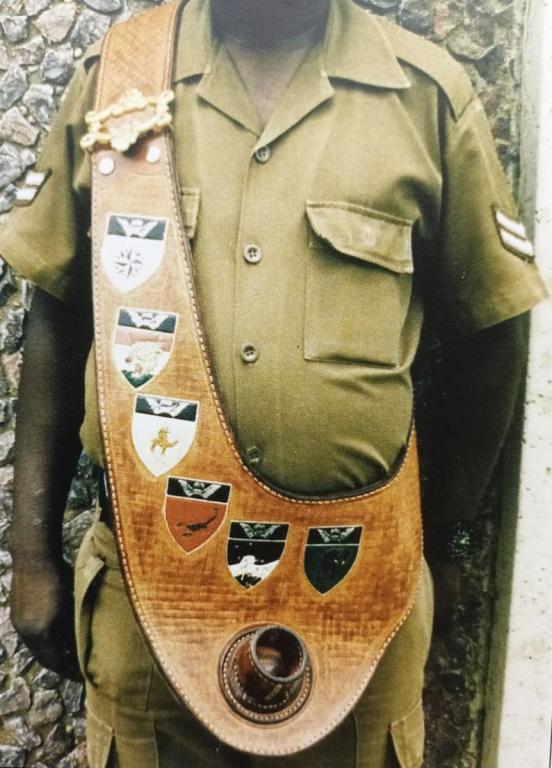
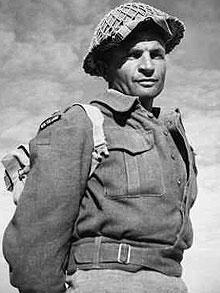
.thumb.jpg.2ffc61908f0e8d5cc2674b000c211278.jpg)

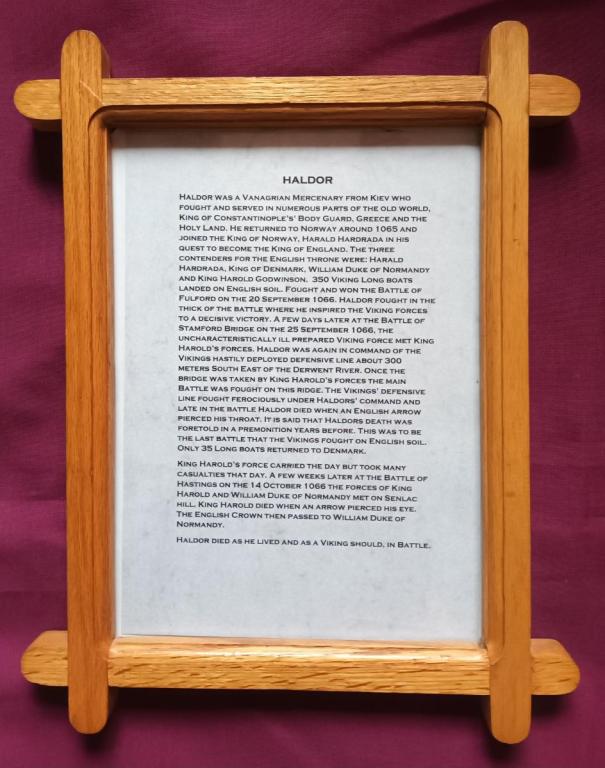
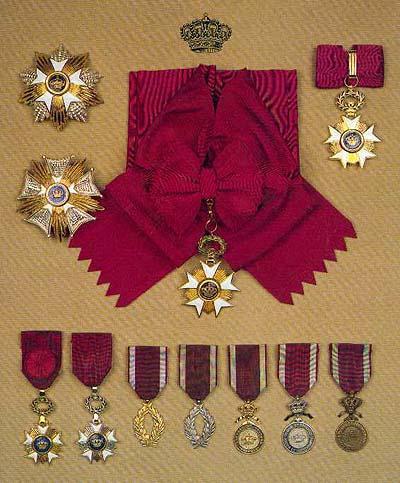
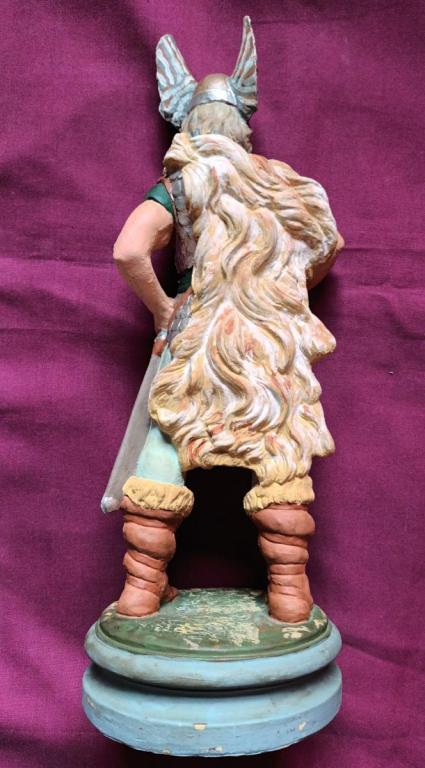
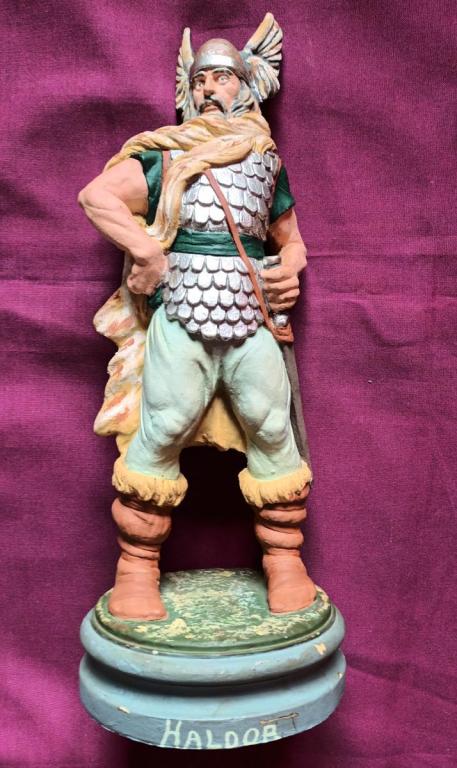
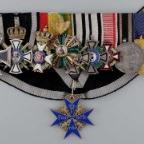

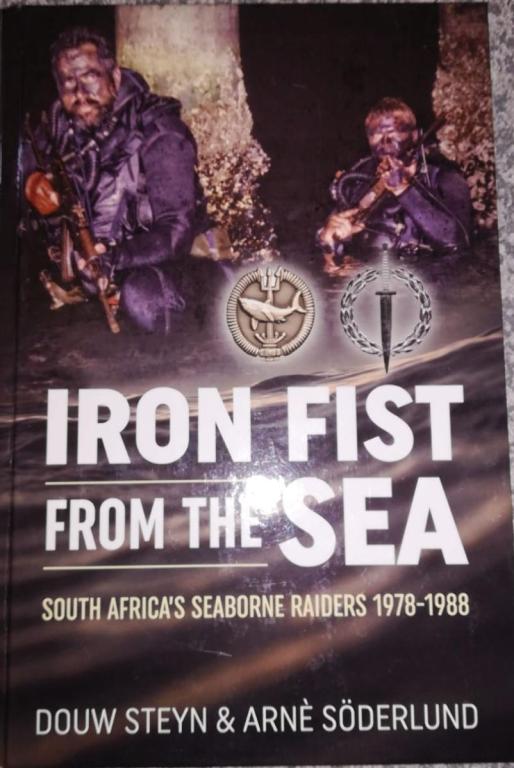

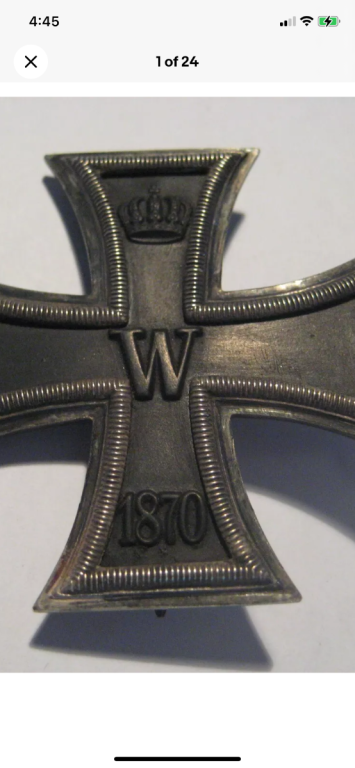
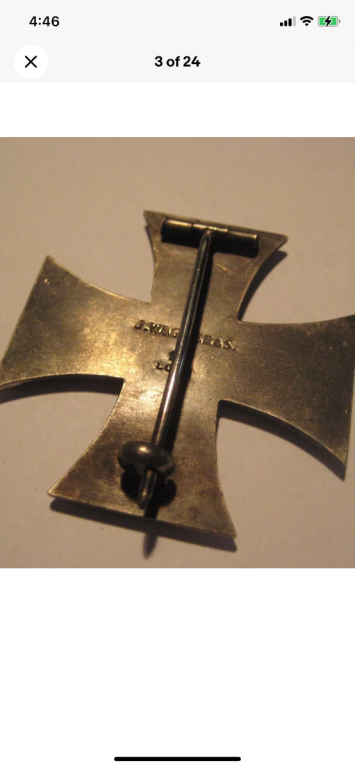
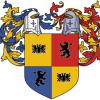
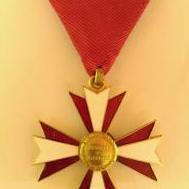
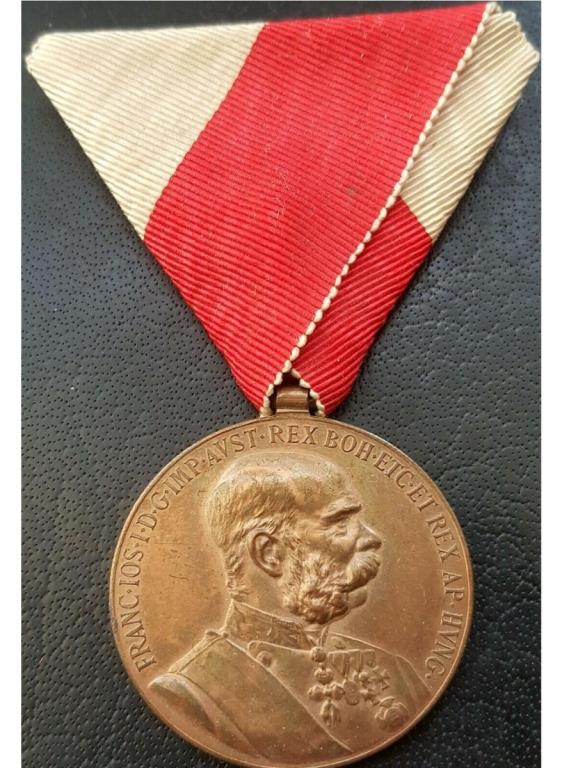
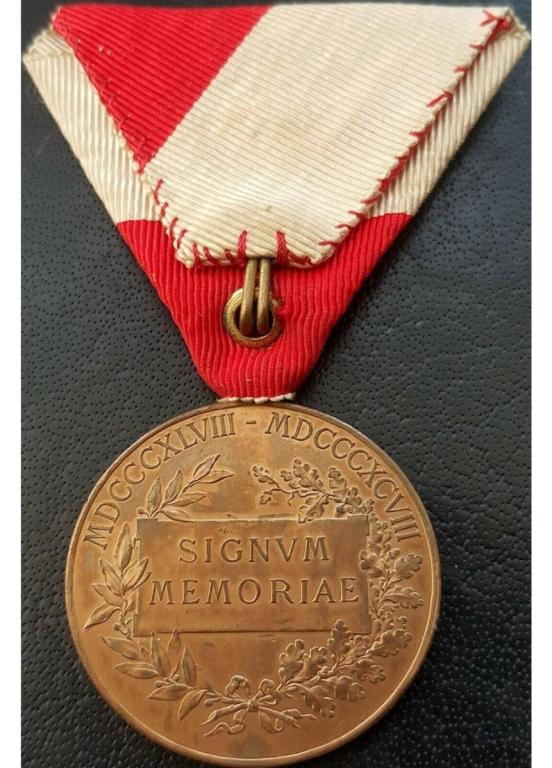
(1).thumb.jpg.38cff8cd9c5d55311a4208b0a83448ba.jpg)
